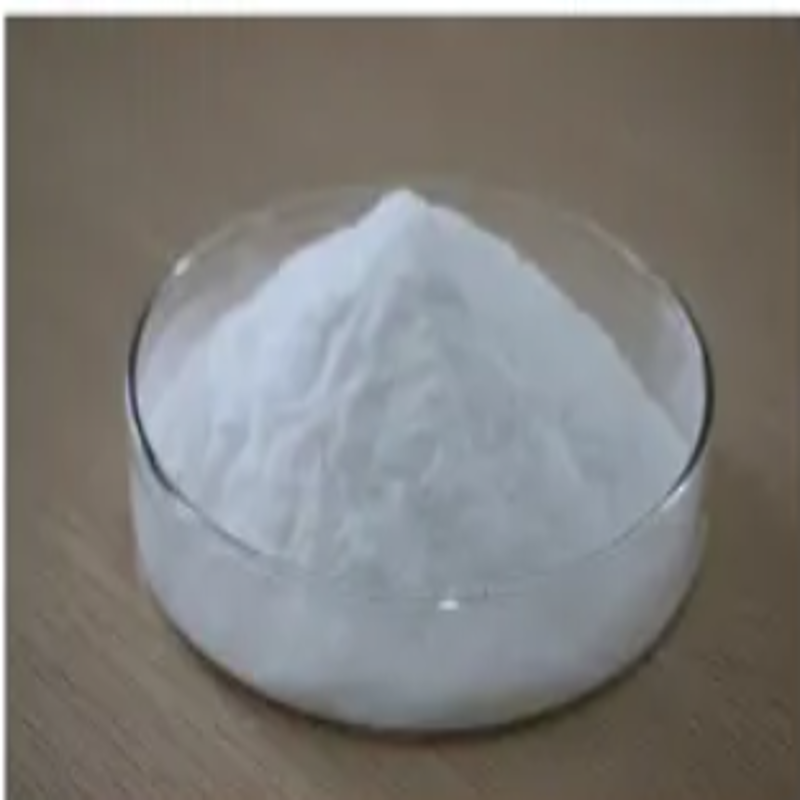-
Categories
-
Pharmaceutical Intermediates
-
Active Pharmaceutical Ingredients
-
Food Additives
- Industrial Coatings
- Agrochemicals
- Dyes and Pigments
- Surfactant
- Flavors and Fragrances
- Chemical Reagents
- Catalyst and Auxiliary
- Natural Products
- Inorganic Chemistry
-
Organic Chemistry
-
Biochemical Engineering
- Analytical Chemistry
-
Cosmetic Ingredient
- Water Treatment Chemical
-
Pharmaceutical Intermediates
Promotion
ECHEMI Mall
Wholesale
Weekly Price
Exhibition
News
-
Trade Service
The high mobility group A (HMGA) protein family consists of three non-histone chromatin remodeling proteins.
The high mobility group A (HMGA) protein family consists of three non-histone chromatin remodeling proteins.
In fact, although HMGA proteins themselves lack transcriptional activity, they bind to the minor groove of DNA at the AT-rich sequence and interact with the transcription mechanism to modify the chromatin model, thereby regulating the expression of several genes
Here, a foreign expert team reviewed the research on the role of HMGA proteins in human hematological malignancies: they are overexpressed in most cases, and their expression is associated with reduced survival rates
Figure 1: The main molecular mechanism of high mobility A histone protein involved in human cancer
Figure 2: The role of high mobility group A protein in myeloid and lymphoid tumors
Figure 2: The role of high mobility group A protein in myeloid and lymphoid tumorsFigure 3: HMGA1 can bind to the enhancer in the promoter region of Zeste Homolog 2 and up-regulate its expression in human lymphoma
FIG 3: HMGA1 enhancer capable of binding to the promoter region Zeste Homolog 2 and raised its human lymphoma, the expression level of lymphoma
A large number of studies have confirmed that inhibiting the expression and/or function of HMGA protein has an adverse effect on the proliferation and metastasis of tumor cells
A large number of studies have confirmed that inhibiting the expression and/or function of HMGA protein has an adverse effect on the proliferation and metastasis of tumor cells
It is worth noting that HMGA-based therapies may have a wide range of applications and can be used to treat hematological malignancies and cancers of different sources that overexpress these proteins
In addition, there have been identified several targeted miRNA HMGA genes can also be considered for patients affected hematologic malignancies were miRNA treatment
Original source:
Martino de, M ,Esposito, F.
Martino de, M ,Esposito, F.
Leave a message here







